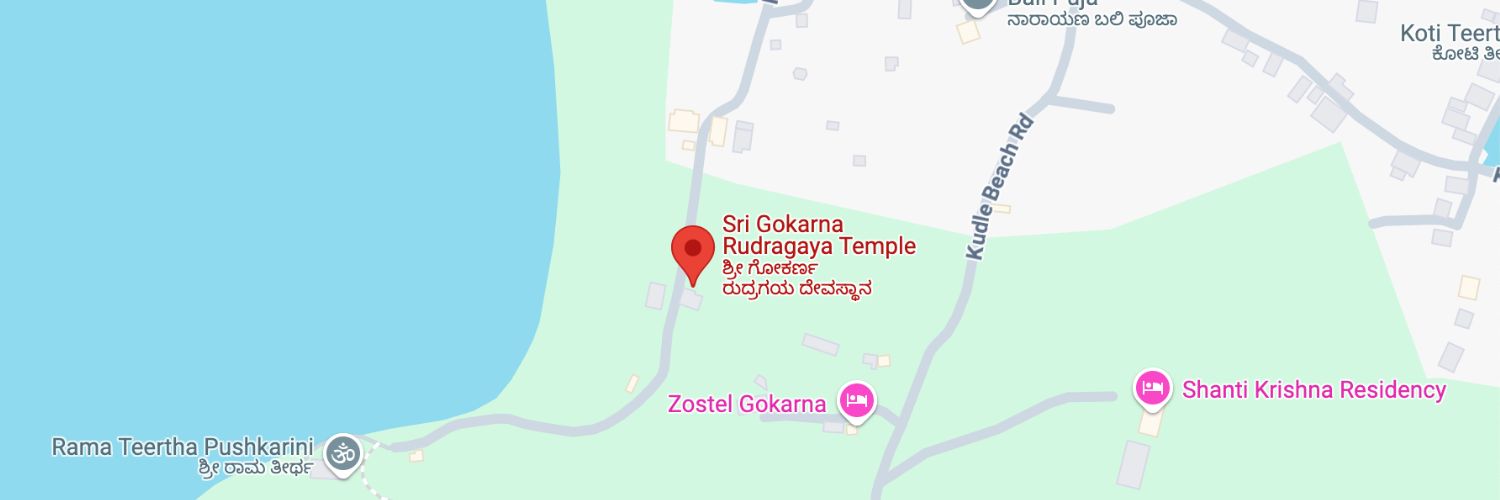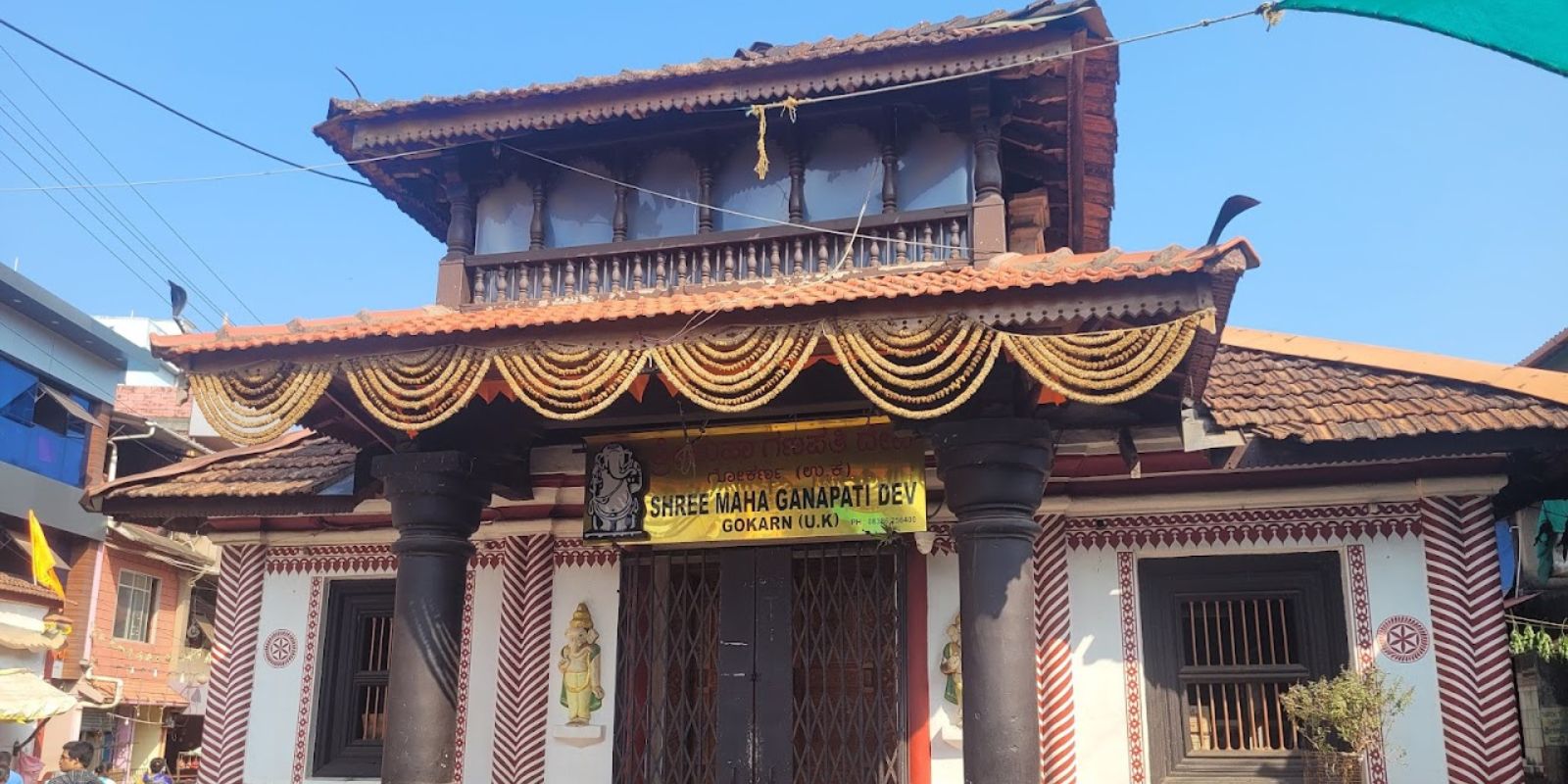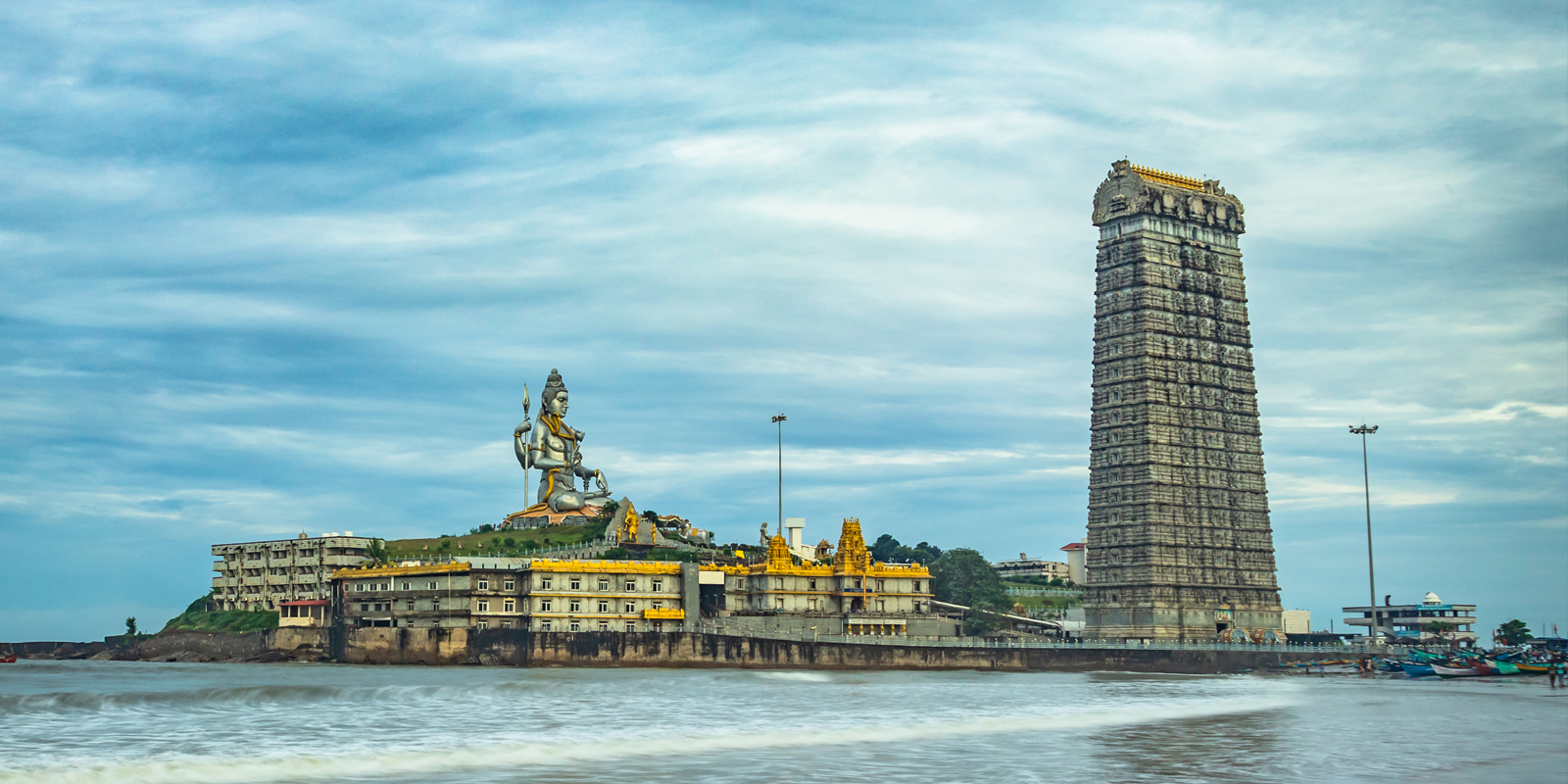Situated along the serene banks of the Aghanashini River, just outside Gokarna town, Rudragaya Harihareshwar Temple is one of the most spiritually potent spots in the region for performing pitr̥ tarpaṇa and śrāddha rituals. Unlike other temples focused on darshan, this sacred space is devoted to guiding souls toward liberation (mokṣa) through prayer and ceremony. It is said that offering rituals here carries the same spiritual weight as Gaya in Bihar. The temple honours both Shiva (Rudra) and Vishnu (Hari), symbolizing the balance of destruction and salvation.
Noteworthy Attractions
Ancestral Liberation
Pilgrims perform pitr̥kārya, tarpaṇa, and final rites with the belief that souls attain peace and mokṣa here.
Hari-Hara Worship
Unique dual sanctum dedicated to Lord Vishnu and Lord Shiva, offering rare unified worship in one sacred site.
Significance
Mentioned in local lore and puranic texts as a moksha-giving site equivalent to Varanasi and Gaya.
History & Culture
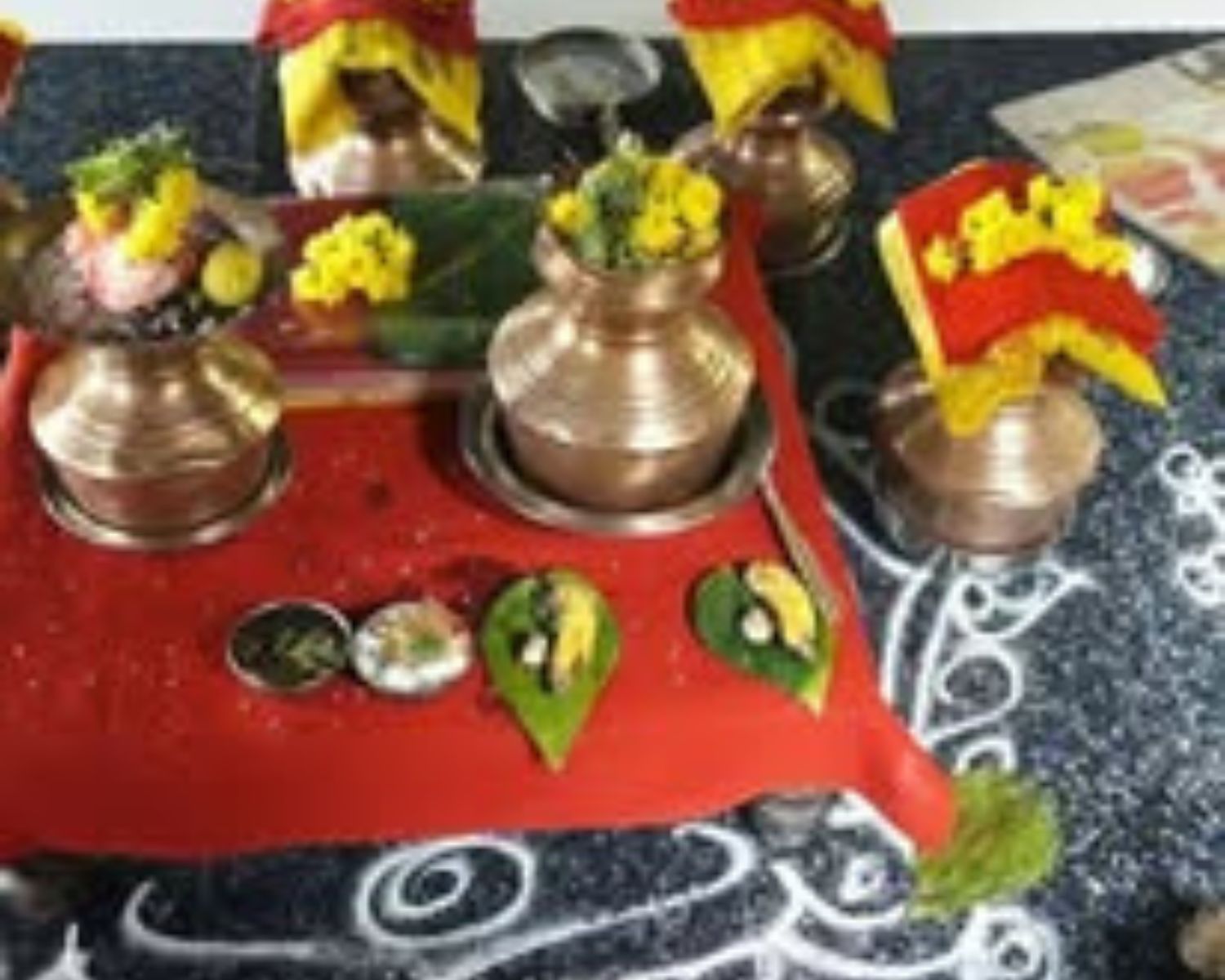
Origins & Legacy
Rudragaya is part of Gokarna’s extended spiritual geography, traditionally referenced in connection with sacred moksha rituals. Local lore connects it to sages performing rites during the Dvāpara Yuga and even places Lord Parashurama’s presence near the Aghanashini banks. Over centuries, it has become the region’s key site for antyeṣṭi (final rites) and ancestral pujas—especially for those unable to travel to Gaya.

Sacred Importance
This temple honors Lord Harihareshwara, a composite form of Vishnu and Shiva, symbolizing harmony between preservation and liberation. It is particularly auspicious for pitr̥ yajña (ancestral offerings), with families visiting to conduct rites for the departed. Many believe that ceremonies here release karmic bonds and grant peace to souls across generations. Local priests specialize in traditional scriptural ceremonies handed down across generations.
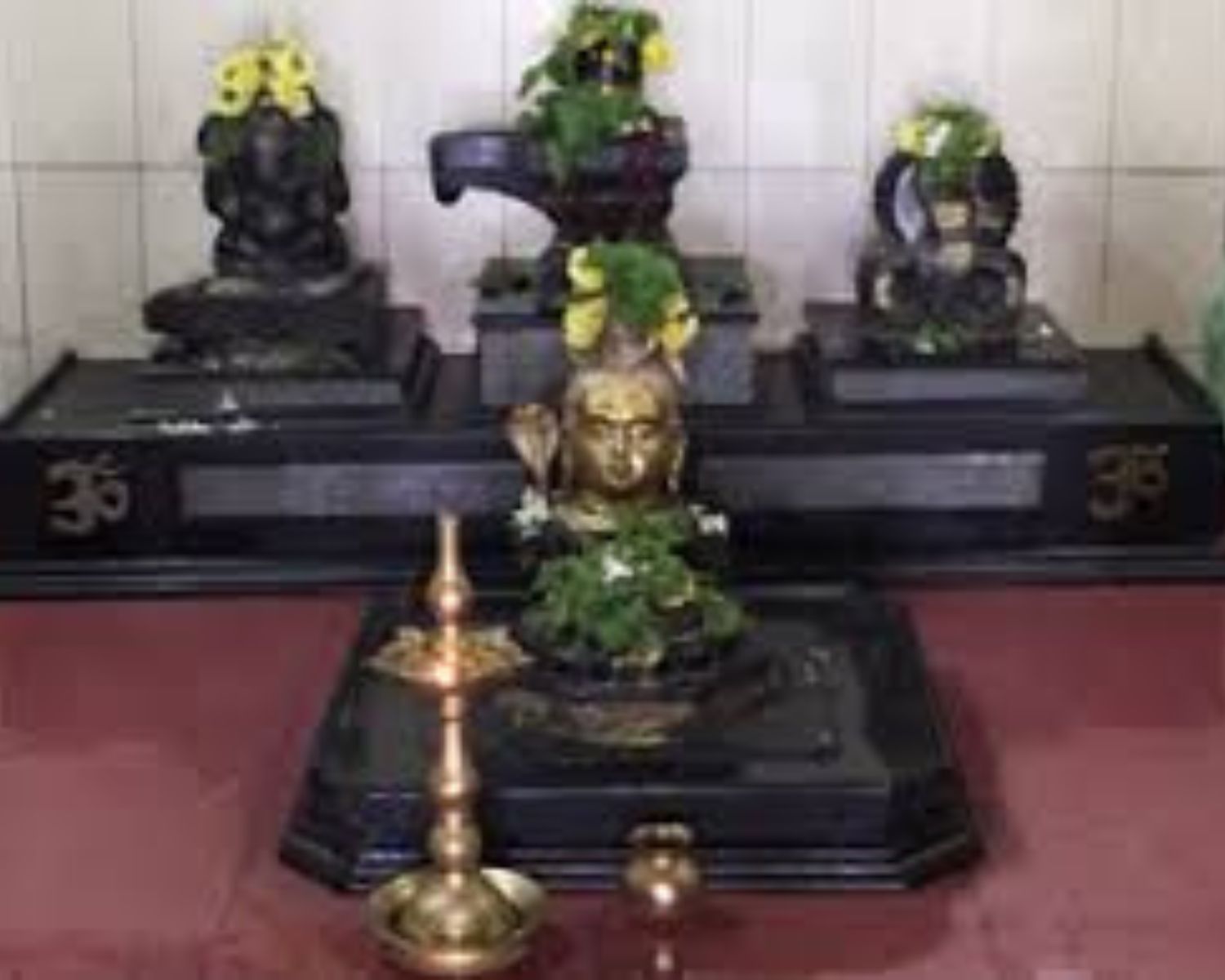
Rituals & Traditions
- Pitr̥ tarpaṇa and śrāddha performed on Amavasya, Poornima, and tithi death anniversaries.
- Ash immersion and final water offerings into the Aghanashini River.
- Chanting of Vedic mantras by experienced purohits.
- Lighting of ghee lamps for departed ancestors.
Practical Guidance
When to Go
Ideal times include Pitru Paksha, Amavasya days, or any personal tithi relevant to your family rituals. October to March is most comfortable for weather and travel. Monsoon season may make riverbank ceremonies challenging.
Respect & Reverence
Guidelines
-
Dress conservatively. Carry ritual items if specified.
-
Engage respectfully with purohits during ceremonies.
-
Observe silence during offerings.
Restrictions
-
Photography during rituals is discouraged.
-
Non-vegetarian food and alcohol are not permitted near ritual areas.
-
Littering by the river is strictly forbidden.
Arriving Here
By Air
Dabolim Airport (Goa) is the nearest, approx. 140 km away. Taxis and buses connect to Gokarna in 3–4 hours.
By Rail
Gokarna Road Station (10 km from town) connects via Konkan Railway. Autos and taxis are available outside.
By Road
Accessible via Gokarna town (approx. 5–6 km). Follow signs toward the Aghanashini River or ask for Rudragaya kṣetra. Local auto-rickshaws or private cabs are available.
Immersive Experiences
Spiritual Practices
Light a lamp and float it on the river after offerings—a symbolic gesture of remembrance and soul release.
Local Rituals
Perform a guided pitr̥ tarpaṇa at sunrise as sacred mantras echo across the calm river.
Workshops & Courses
Join locals in lighting deepams (oil lamps) and placing them on lotus leaves to float across the tank as offerings.
Closing Reflection
Koti Teertha is more than a water tank—it is Gokarna’s spiritual mirror. A place to release, reflect, and renew.

